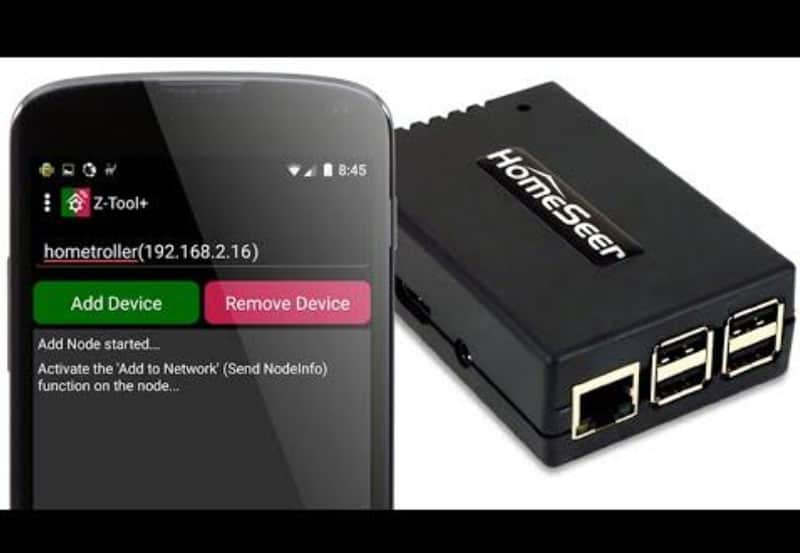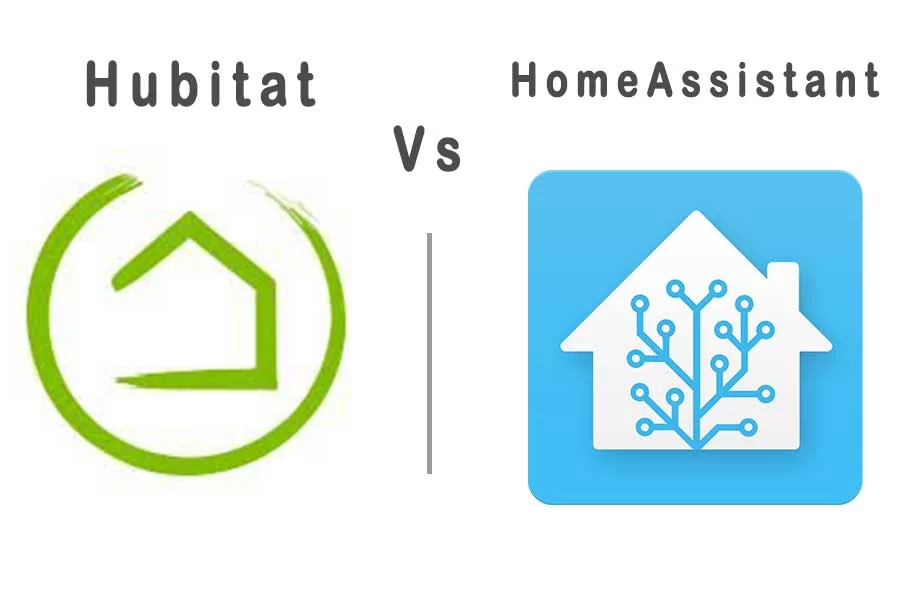


HOMESEER VS HOME ASSISTANT SERIES
Home automation systems offer a series of benefits they add safety through appliance and lighting control, secure the home through automated door locks, increase awareness through security cameras, increase convenience through temperature adjustment, save precious time, give control, and save money. One of the greatest advantages of home automation systems is their easy management and control using different devices, including smartphones, laptops and desktops, tablets, smart watches, or voice assistants. Figure 1 shows an example of a smart home that uses different IoT-connected utilities.Īn IoT-based smart home depicting the use of smart sensing devices for different purposes. Smart home solutions have become very popular in the last years. These include light switches that can be turned on and off by using a smartphone or by voice command, thermostats that will adjust the indoor temperatures and generate reports about energy usage, or smart irrigation systems that will start at a specific time of a day, on a custom monthly schedule, and thus will control water waste. Allowing objects and devices in a home to be connected to the Internet enables users to remotely monitor and control them. A “smart home” is a part of the IoT paradigm and aims to integrate home automation. A wireless home automation network, composed of sensors and actuators that share resources and are interconnected to each other, is the key technology to making intelligent homes. Wireless sensor network technologies integrated into the IoT enable a global interconnection of smart devices with advanced functionalities. In the last years, the IoT concept has had a strong evolution, being currently used in various domains such as smart homes, telemedicine, industrial environments, etc. The Internet of Things (IoT) is a system that allows devices to be connected and remotely monitored across the Internet. The qToggle system is user friendly, flexible, and can be further developed by using different devices and add-ons. A smartphone application has been developed that allows users to control a series of home appliances and sensors.


Most devices used by qToggle are based on ESP8266/ESP8285 chips and/or on Raspberry Pi boards. The devices used by qToggle are usually sensors or actuators with an upstream network connection implementing the qToggle API. The system is called qToggle and works by leveraging the power of a flexible and powerful Application Programming Interface (API), which represents the foundation of a simple and common communication scheme. In this paper, a system for interconnecting sensors, actuators, and other data sources with the purpose of multiple home automations is proposed. Almost everything has become digitalized and automatic.
HOMESEER VS HOME ASSISTANT FREE
Use the openHAB Cloud connector with the free service or host your own.Home automation has achieved a lot of popularity in recent years, as day-to-day life is getting simpler due to the rapid growth of technology. Integrations are available for the most popular cloud-based smart home platforms, including Google Assistant, Amazon Alexa, Apple HomeKit and more. Which smart home platforms are supported by openHAB?Īt the core of our philosophy is that you always remain in control. OpenHAB also has a built-in tool called Bindings to support Z-wave devices (and claim to currently support 792 devices from 111 manufacturers). What is the difference between Forfor Z-Wave home assistant and openHAB?įor Z-wave Home Assistant has a built-in Z-wave control panel with things being a little less convenient for Zigbee. Home Assistant require frequent updates, but offers rapid development and much more modern and sophisticated architecture. We liked the robustness and rigidity of the OpenHAB architecture and development that leads to known stable work and operation. Which is better openHAB or home assistant? These are the primary platforms that support both Z-Wave and ZigBee, which are relevant for those who want to deploy a lot of sensors in their smart homes. OpenHAB is still working and version 3.0 just came out in December, but I do think the community around it is smaller than the Home Assistant or Homebridge world.


 0 kommentar(er)
0 kommentar(er)
